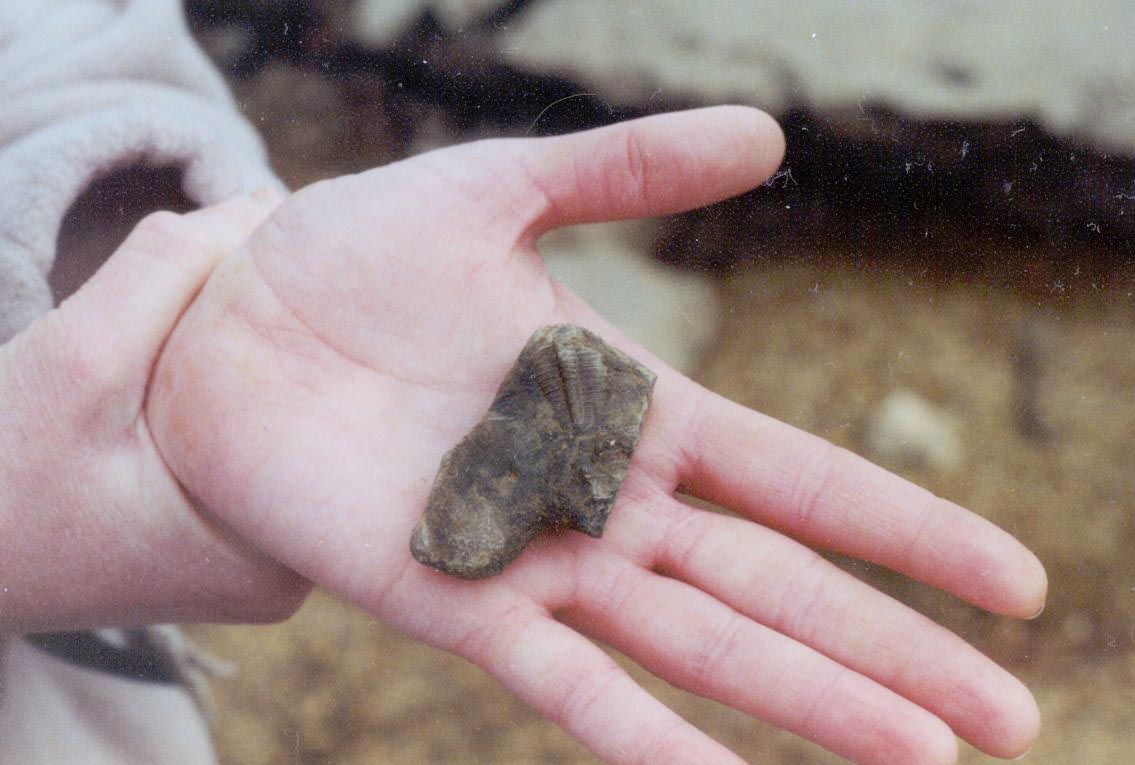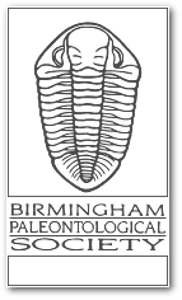Our first stop was at a new site exposing nodules from the shale of the Conasauga Fm, Dresbachian stage, late Cambrian approx. 515 million years old. Here we found over 20 "Brooksella" which are believed to be the internal mold of a "primitive jellyfish". The most that anyone can remember finding on any trip were 3, so everyone got at least one specimen.
The second stop was an old BPS stand-by trilobite site from the middle Cambrian Conasauga Fm. Albertan stage 530 million years old. Here everyone found a number and variety of trilobites both on nodules and by splitting the shale exposed on the beach. Cephalon (heads), pygidium (tails), and in a few cases whole specimens of the following were found: Coosella, Coosia superba, Kingstonia, Densonella, Holcacephalus, and Norwoodella.
We made an interesting trip to a third stop which turned out to be unproductive. But it did include being lead into the site by some locals on horseback, and one of our younger members got a ride on one of the horses.
Then we moved on to our fourth and final site that Steve C. found on a scouting trip near Cedar Bluff. This site was still in the shales of the Cambrian (but not sure what stage) and deserves a closer look when time allows because even though not many trilobites were found, the pieces that were found seemed to be large ones, possibly of Tricrepicephalus.
--Edited by Vicki Lais
Below are some great photos Greg took with his new digital microscope. Other photos courtesy Vicki Lais.
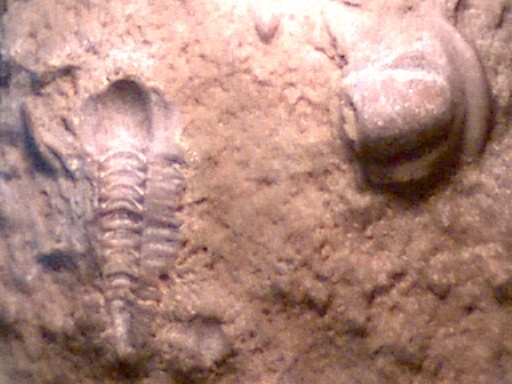
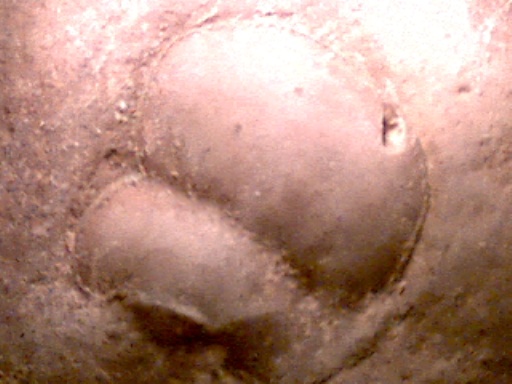
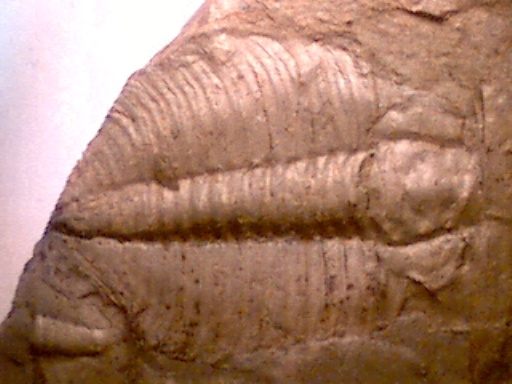
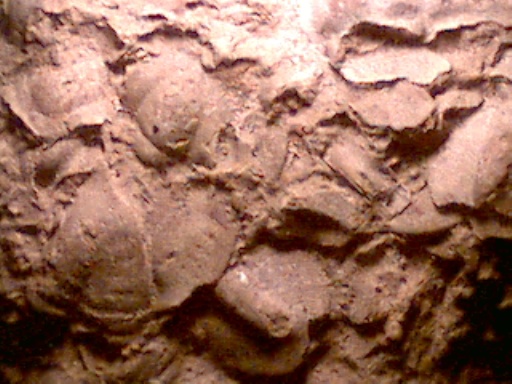
BPS members searching for Brooksella at a site that hasn't been visited in many years.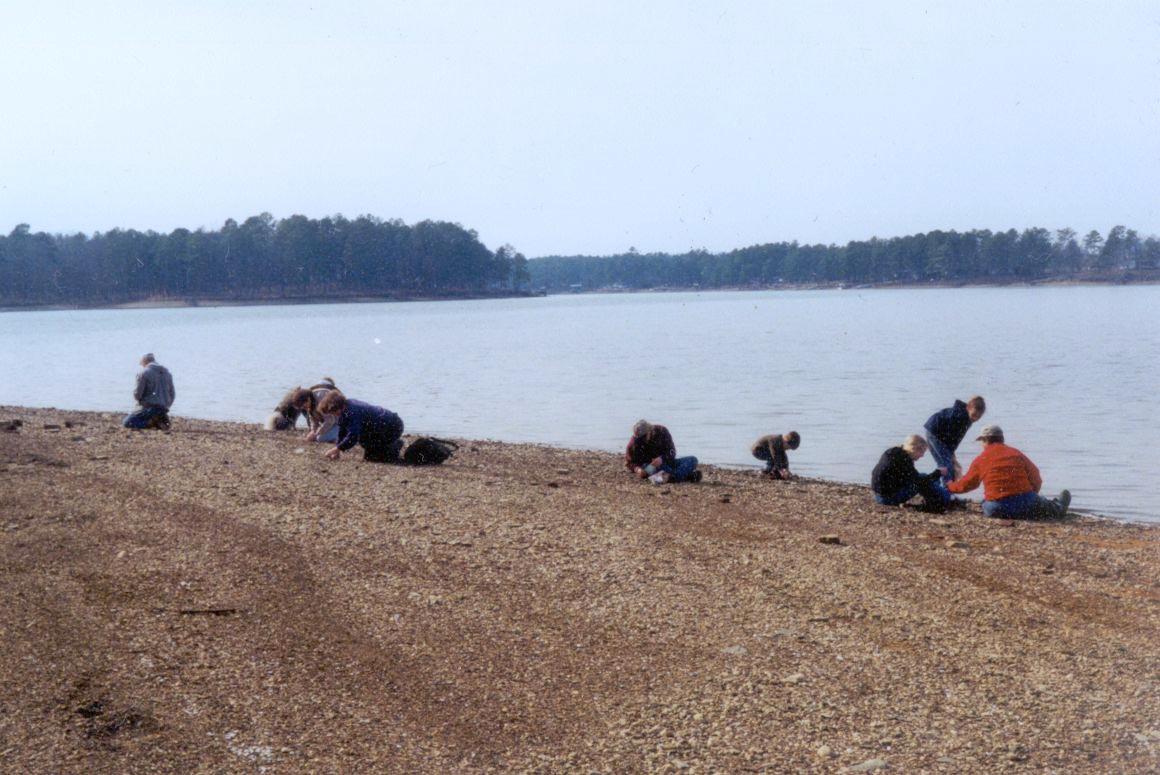
Showing off their finds.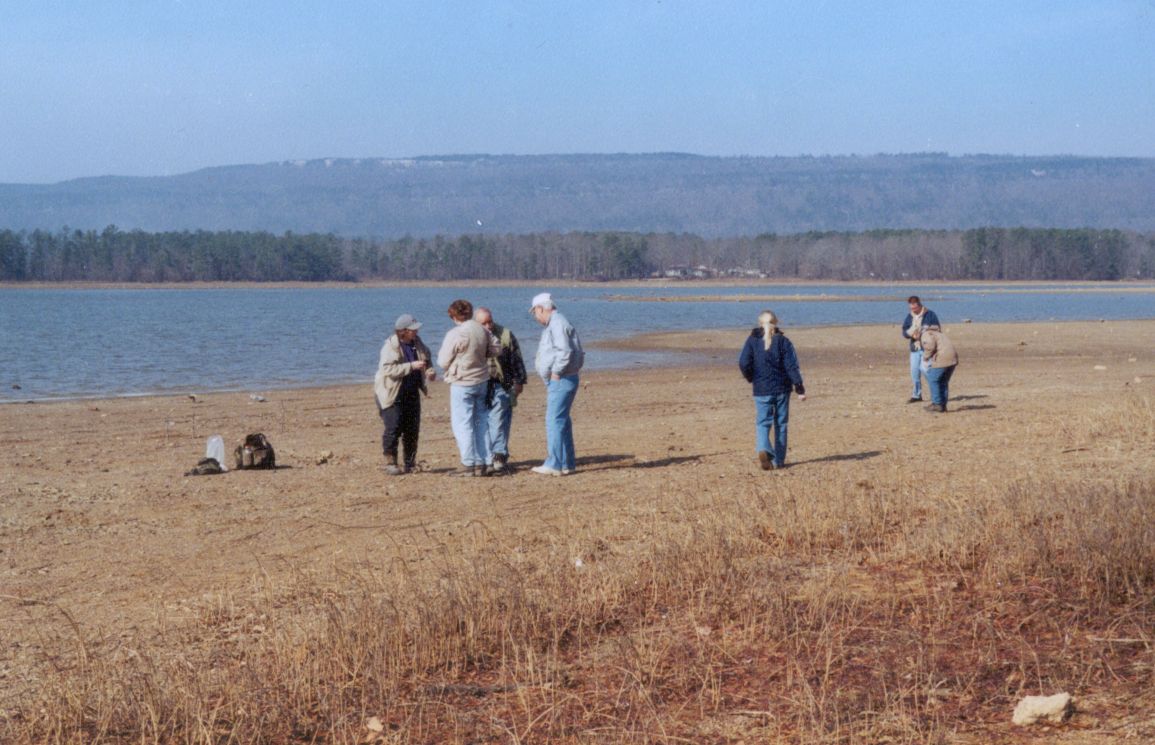
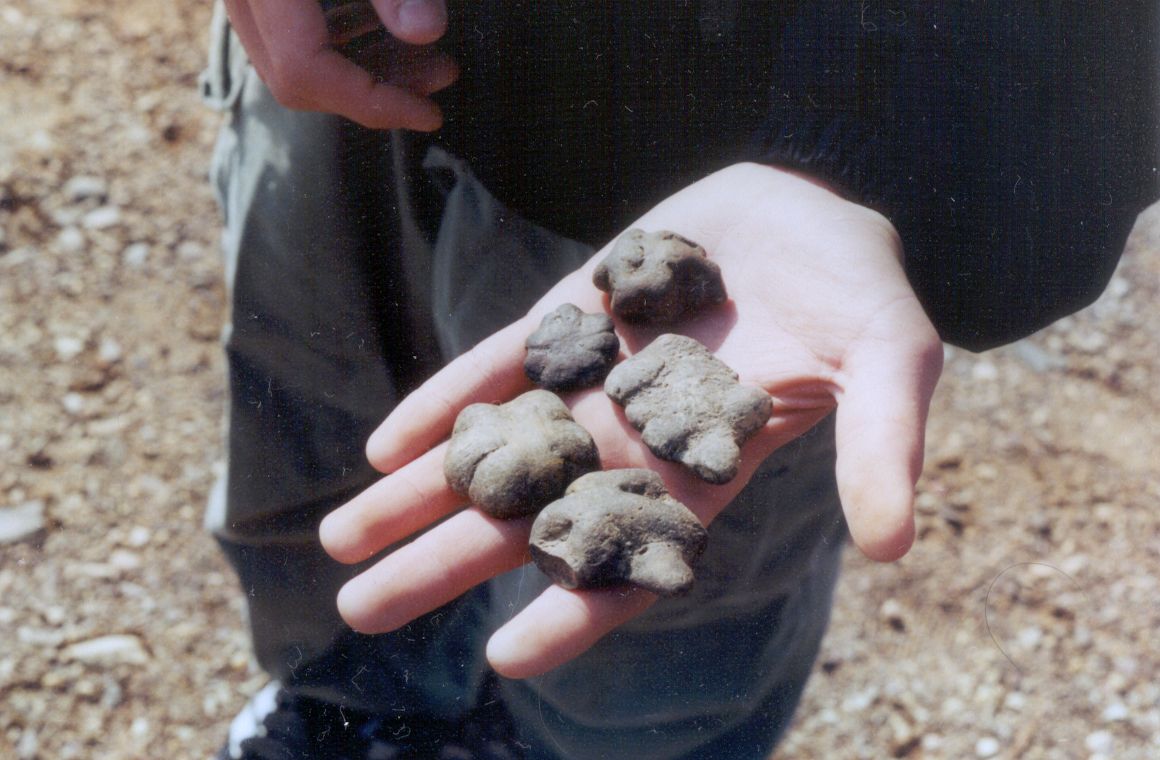
A new site. Found a large trilobite here, but was getting late, and only did a short site survey.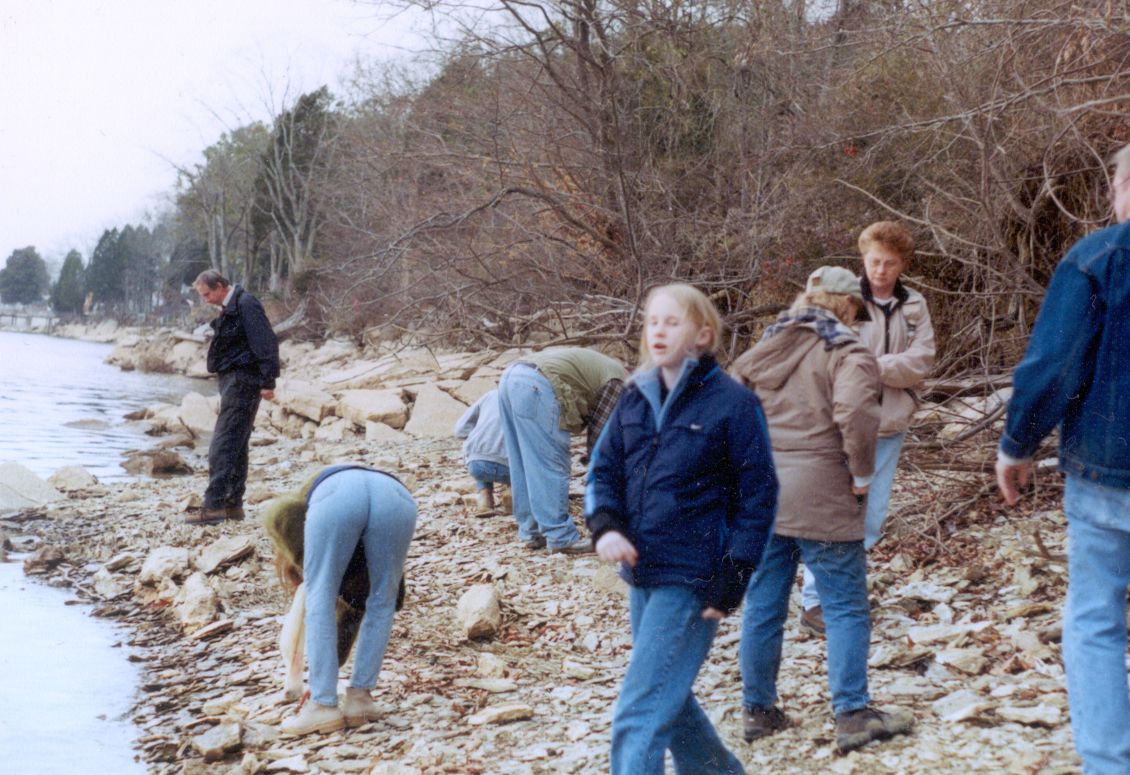
One never knows what opportunities might arise. Young Steve got the ride
of his life from one of the locals who guided us to a site.
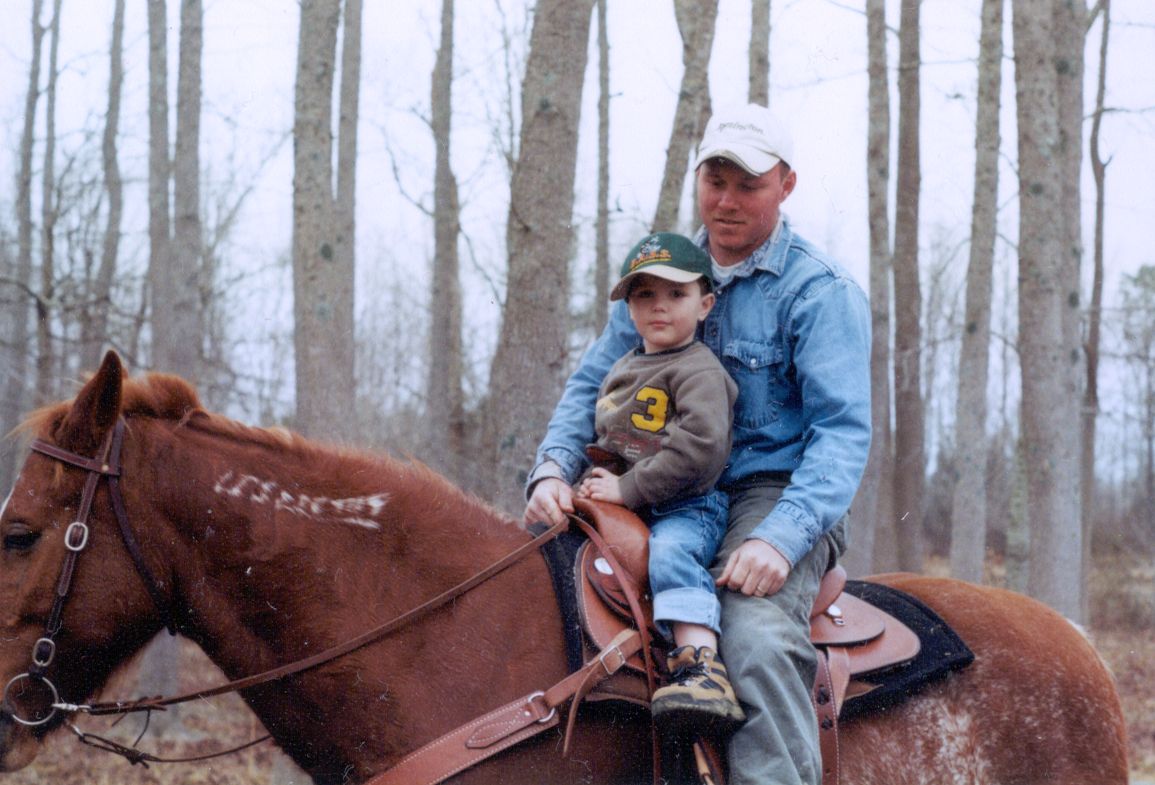
Nice find! 